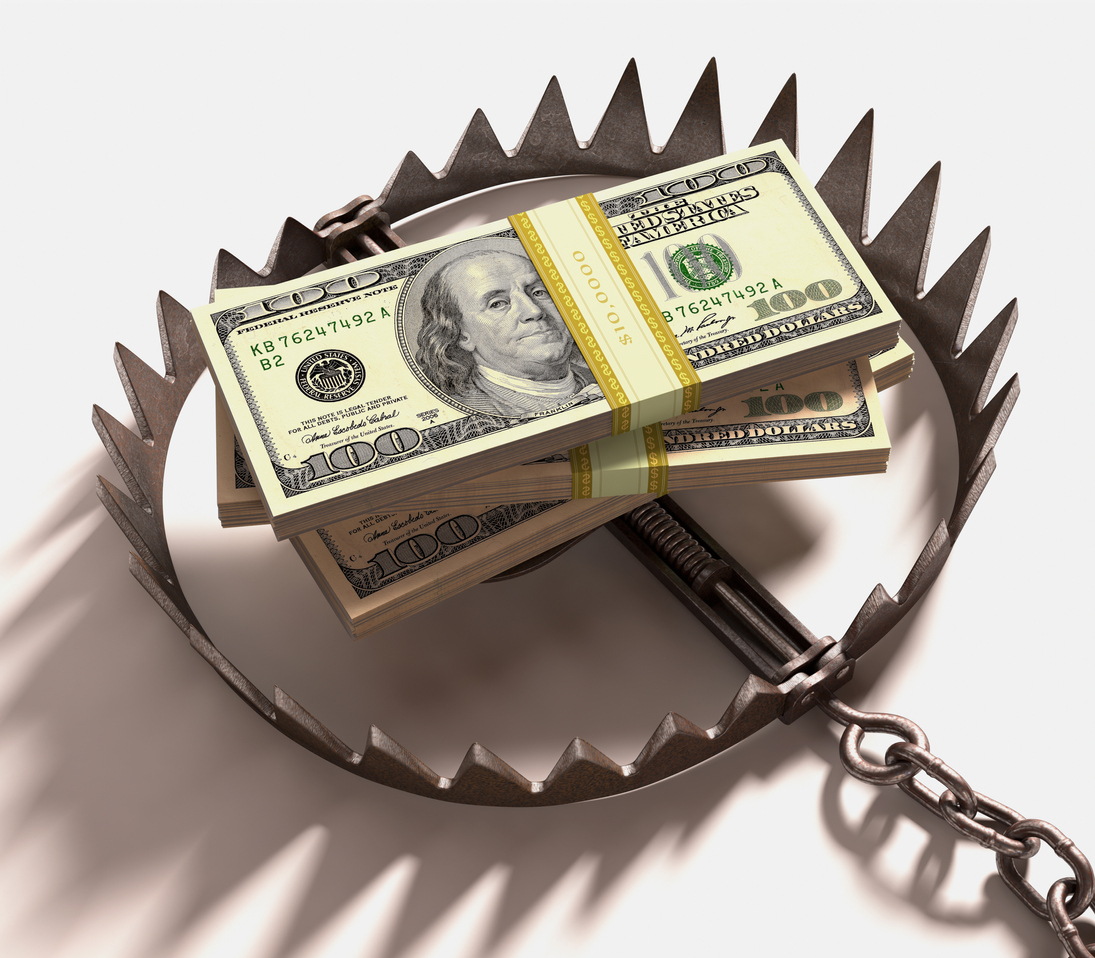A bear trap is a condition in the market where the expected downward movement of prices suddenly reverses up. We explore what bear traps are and how you can avoid them.
The market is a highly unpredictable place. Since trading has been incorporated and improved through the years, now, it's not just buying, selling, or exchange. Additionally, studies and developments were made to help traders, like the trade simulation system. But if there are tools to help traders, there are also traps to look out for. One of them is the bear trap.
What Is Bear Trap in Trading?
A bear trap is a condition in the market where the expected downward movement of prices suddenly reverses up. When prices in an uptrend abruptly drop, a bear trap follows. This phenomenon and market performance lure many traders in investing and buying in the market.
Most traders commonly don’t know how to trade bear traps or when they're falling into the trap. A bear trap trading happens when a trader, upon getting attracted to the falling prices, decides to put on a short position when a currency pair is falling, only for the price to reverse and suddenly goes up and moves higher.
How Does It Work?
Usually, other traders set bear traps where they sell assets until other traders are convinced that the upward trend has ended and the prices will drop. As the prices continue to drop, traders will be fooled into believing that it will continue.
And then the bear trap will be released as the market turns around and prices go higher. It’s a false market performance that leads to many traders losing money.
Bear Trap vs. Bull Trap
A bear trap and a bull trap are commonly interchanged or misinterpreted. In the market, these two are opposites. If a bearish trap happens when prices are dropping, bullish traps happen when the market rises and prices continue to move upwards.
Causes of Bear Traps
There are many reasons why bear traps happen or occur in the market. They can occur in any market and commonly happen because bears decide to drop or pull the prices down.
Additionally, the causes of bear traps include:
- Long downtrend or downward movement of prices in the market
- Unexpected events in real life that involve leaders and even politicians
- A continuous strong uptrend in the market
How to Identify a Bear Trap
A bear trap can cause any trader a significant amount of losses. To minimize this kind of risk when trading, it's for the best that you know what to look out for before you get caught in the trap. Some more technical indicators you should watch out for are:
1. Divergence
Certain indicators provide divergence signals. When there's divergence, there is a bear trap. To look out for divergence, you have to check if the indicator and the price in the market are moving in different or opposite directions. Using this to determine whether a bear trap will occur, when the price and indicator are moving in the same direction, there's no divergence so that no bear trap will happen.
2. Market Volume
The market volume is a critical indicator of a bear trap. There is a significant change in the market volume when a price is potentially rising or dropping. However, if there is no significant increase in volume when a price drops, it is most likely a trap. Low volumes commonly represent a bear trap since bears can’t consistently pull the price down.
3. Fibonacci Level
Fibonacci levels indicate reversals of prices in the market since trend reversals are identified using fibo ratios. This also makes them a great indicator of bear traps. A bear trap is most likely to occur when the trend or price doesn’t break any Fibonacci level.
How To Avoid Bear Traps
Bear traps are risky, and the best way to not fall into any is to avoid them. If you get caught in a bear trap, you can quickly lose money. Here are some ways to help you avoid getting caught in a bear trap:
- Use candlestick patterns like a reversal candlestick. It’s an excellent indicator that can help you avoid bear traps. When you see this pattern formed in the market right after a downtrend, the price drop is too good to be true and will not last long.
- Observe the volumes. The volumes reflect the strength of a bear. If a volume indicator shows no sign of an increase in volume, there’s a low chance of the price being pulled down further by the bears. It’s best not to enter the market at this time.
- Widen your stop-loss orders and don’t place them under the support and resistance line. They should provide a buffer zone that can act as a breather when false breakouts or price drops happen.
- Bear traps happen when there’s a downtrend, so you should check the length of a downtrend. Observe how long the trend has been going and refrain from entering the market when there is a prolonged downtrend.
Bear trap trading is usually utilized for short-selling or shorting by traders. But still, it’s clear that bear traps are risky and best be avoided. You’ll lose more than you can earn. When trading, it’s essential that you know what bear traps are and what indicates a bear trap so that you can avoid getting caught in one. Be patient when trading and don’t get carried away by the price drop in the market.












